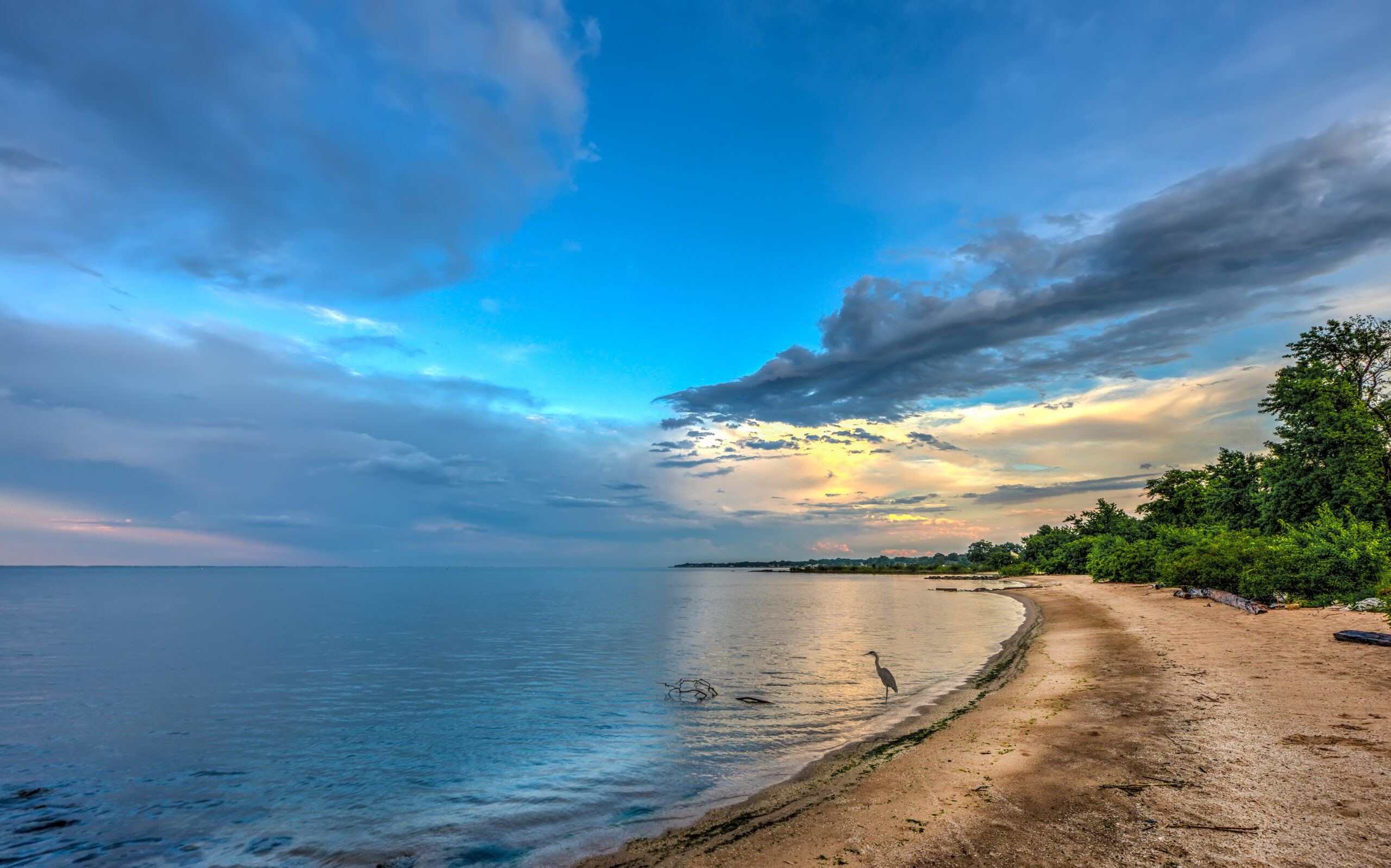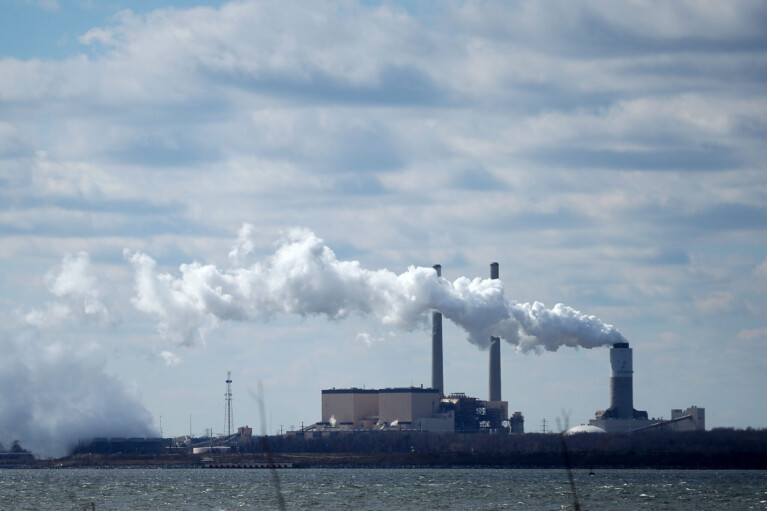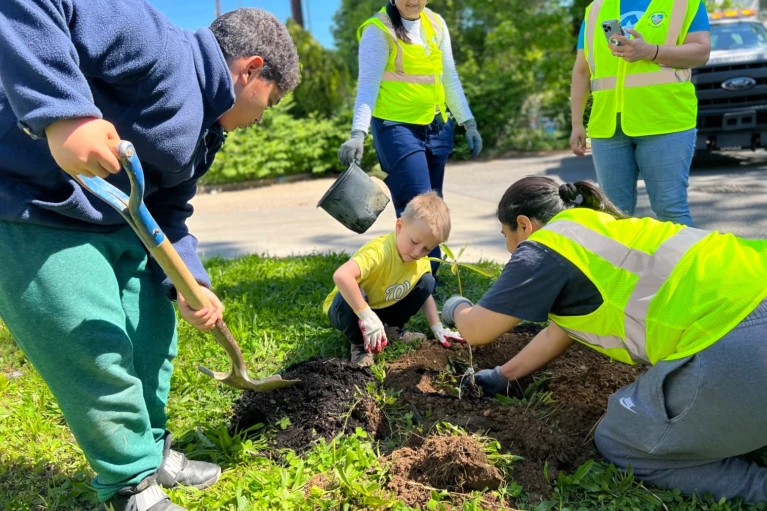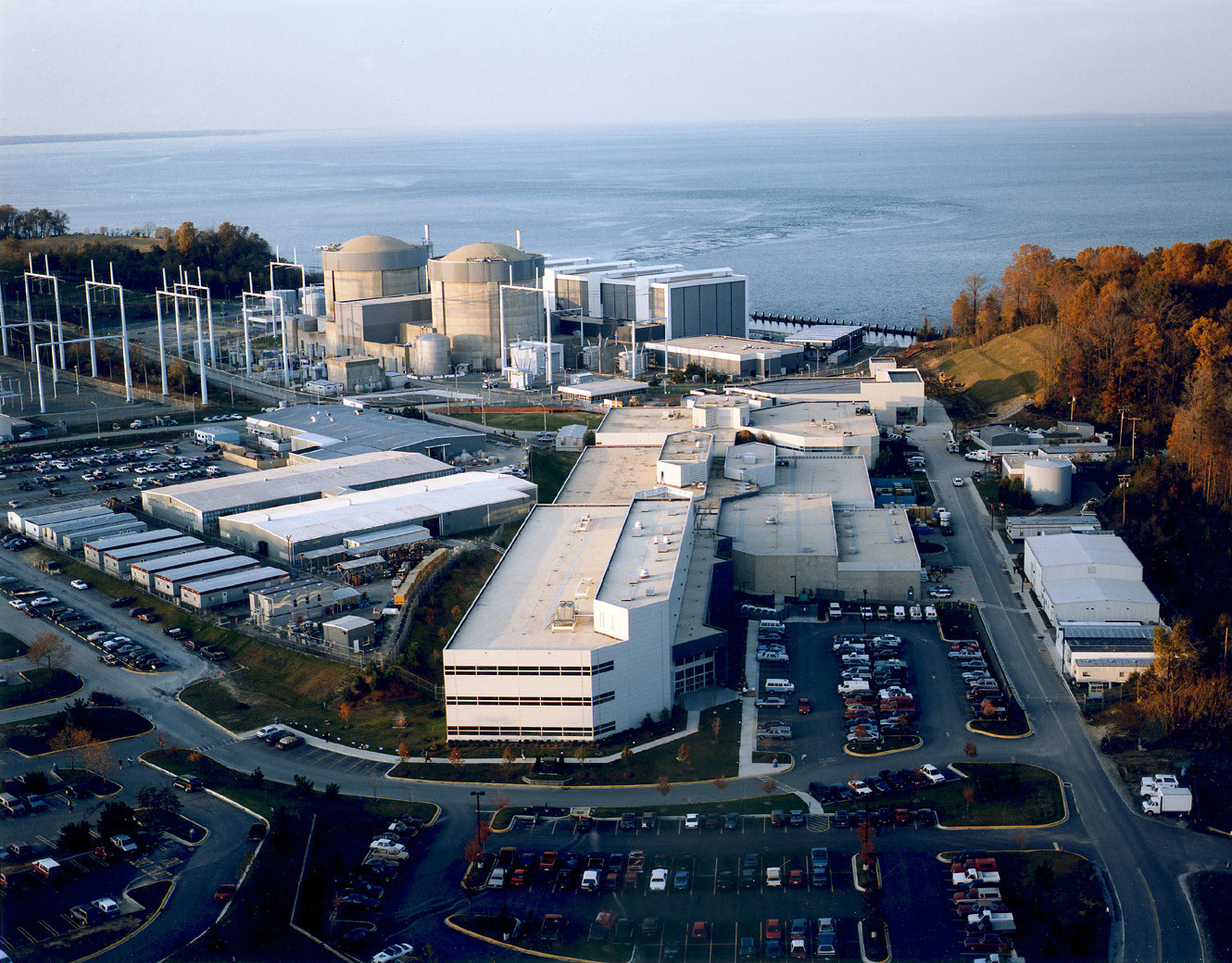Monitoring shows improved oxygen levels in Chesapeake Bay

A new report on oxygen levels in the Chesapeake Bay showed that the bay was a healthier place this summer for fish, crabs and oysters.
The Maryland Department of Natural Resources said its water sampling, conducted jointly with Old Dominion University, found the best levels of dissolved oxygen in waters of the bay since monitoring began 39 years ago. Improved oxygen levels are better for living organisms, including the organisms that fish, crabs and oysters feed upon.
“This indicates that over the course of the summer that there was more acceptable habitat for living resources to live and perhaps thrive,” said Mark Trice, program chief, Water Quality Informatics, Maryland Department of Natural Resources.
Scientists said a healthier bay benefits not just those on the water, but everyone who lives in the Chesapeake Bay region.
“Wherever you live, you want to have a healthier environment … no matter whether you make your living from the water or you recreate on the water, even if you don’t … having a healthy environment in the place that you live … has an impact,” Trice said.
The report found that hypoxic water volume, water with too little oxygen, averaged 0.52 cubic miles during May to October 2023, compared to the historical average (1985 to 2022 of 0.97 cubic miles).
Scientists know why the oxygen levels improved this summer. It’s because there was below-average volumes of fresh water flowing into the bay from January to May. With less fresh water entering the bay, there were less nutrients added that consume the bay’s oxygen.
Scientists can’t stop the rivers, but the report’s result shows there’s benefit to cutting nutrients winding up in the bay.
“There’s things that we can control, such as … cleaning up wastewater treatment plant effluent or limiting the amount of nutrients that enter the bay through agricultural or stormwater areas,” Trice said.
As part of Maryland Matters’ content sharing agreement with WTOP, we feature this article from Dick Uliano. Click here for the WTOP News website.




 Creative Commons Attribution
Creative Commons Attribution